

Curated experiences in Dresden
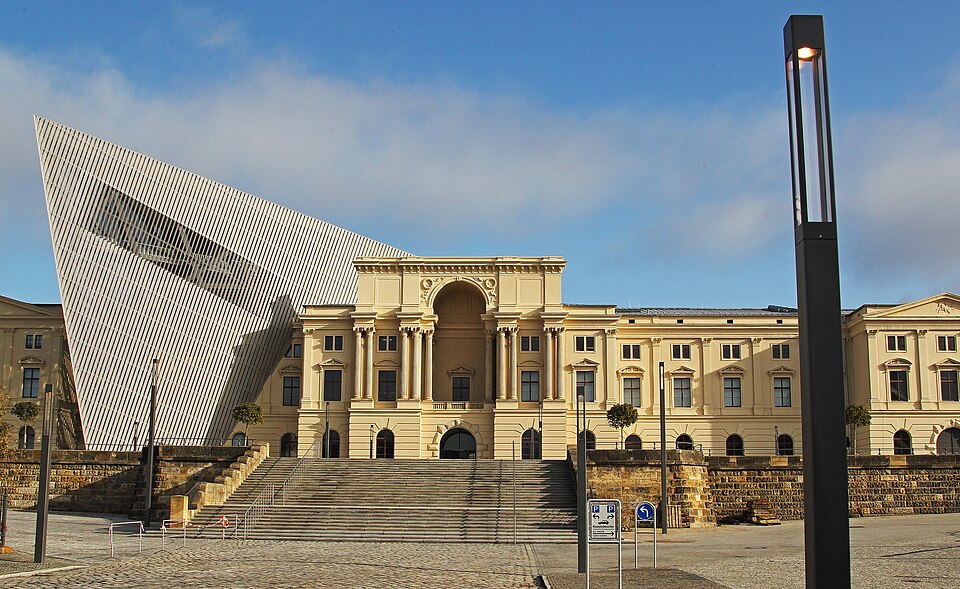
The Bundeswehr Military History Museum (German: Militärhistorisches Museum der Bundeswehr (MHMBw)) is the military museum of the German Armed Forces, …
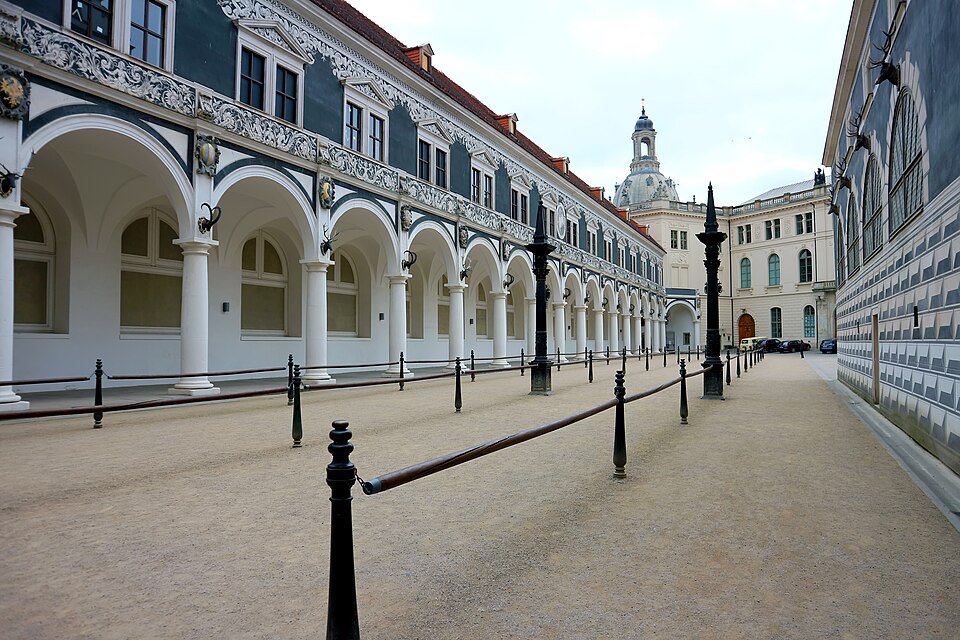
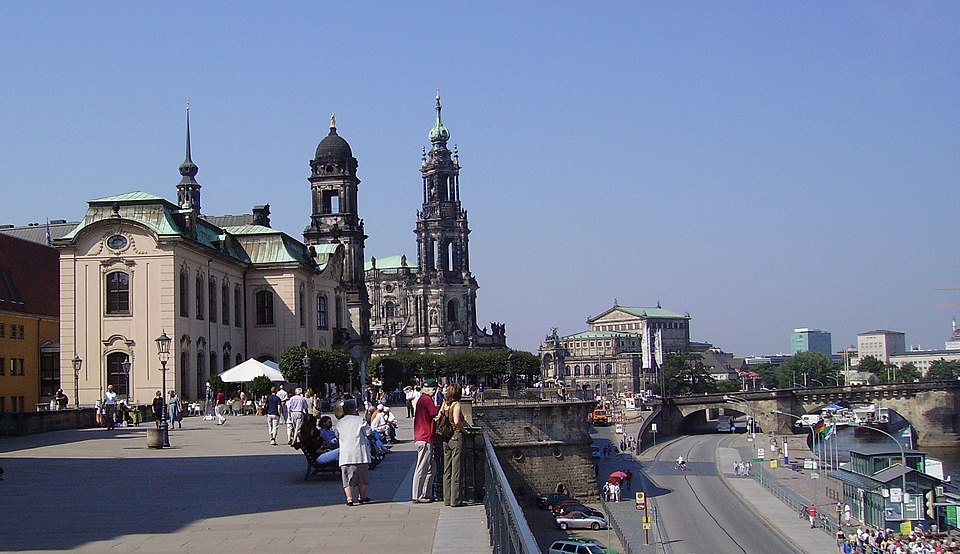
Brühl's Terrace (German: Brühlsche Terrasse) is a historic architectural ensemble in Dresden, Germany. Nicknamed "The Balcony of Europe", the terrace …

The Saxon Landtag (German: Sächsischer Landtag) is a building at the Bernhard von Lindenau Platz in Dresden, which serves as …

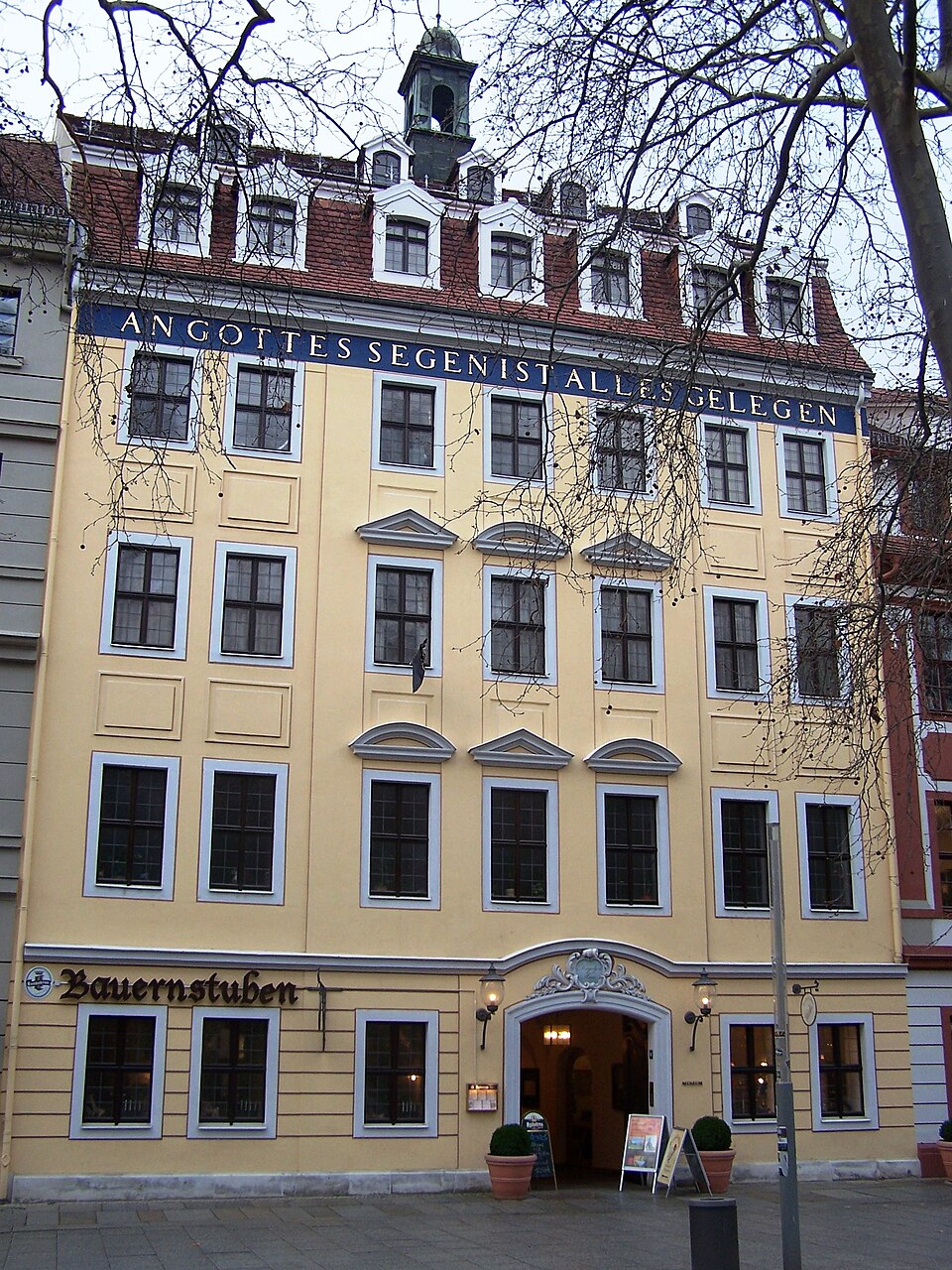
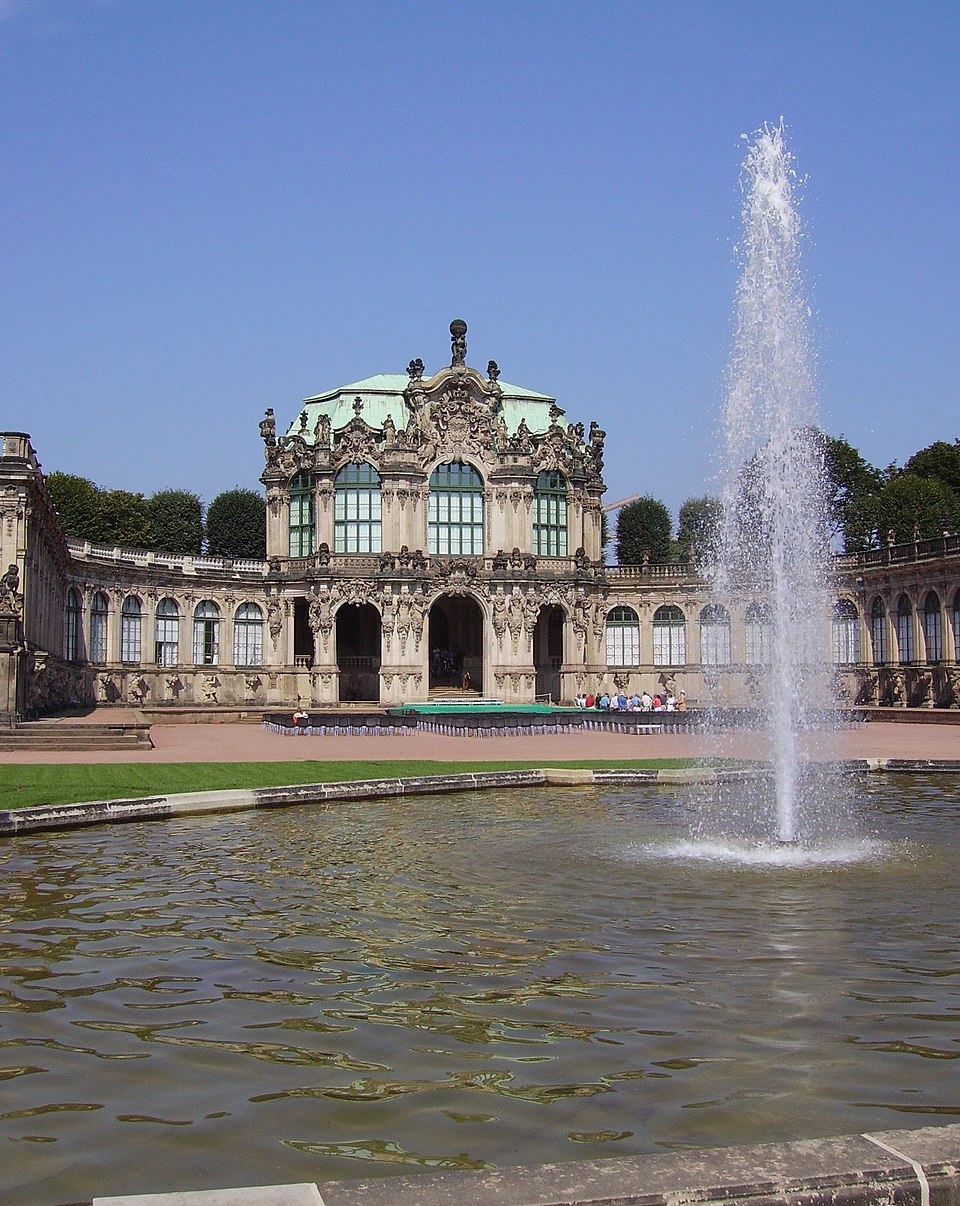
The Zwinger (German: Dresdner Zwinger, IPA: [ˈdʁeːzdnɐ ˈt͡svɪŋɐ]) is a palatial complex with gardens in Dresden, Germany. Designed by architect …
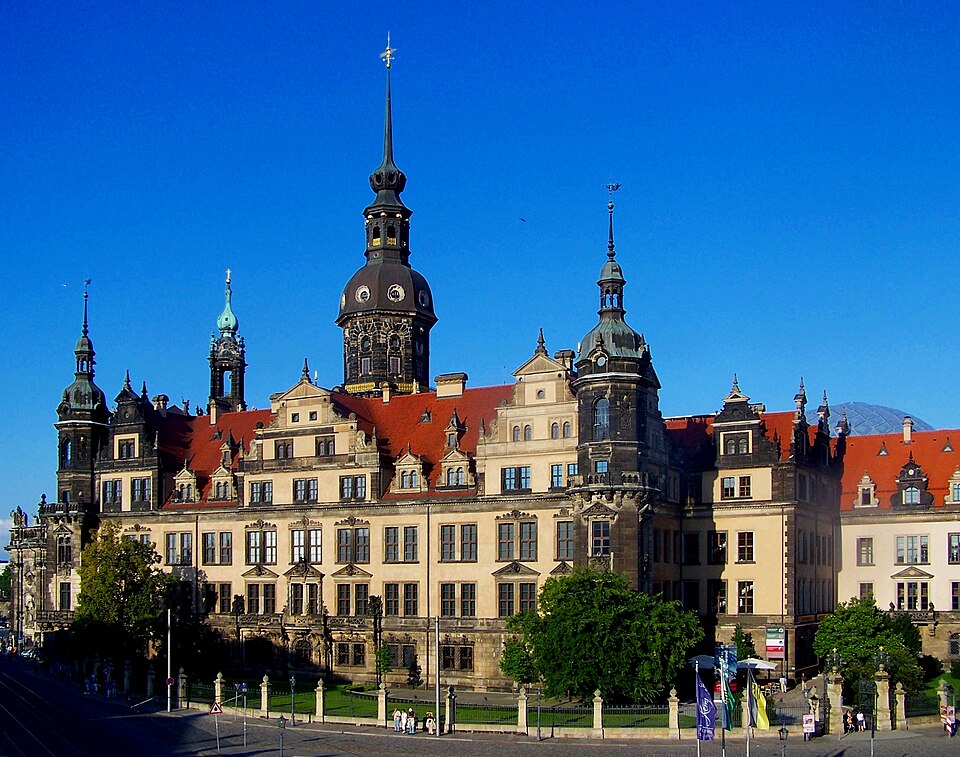
Dresden Castle or Royal Palace (German: Dresdner Residenzschloss or Dresdner Schloss) is one of the oldest buildings in Dresden, Germany. …

The German Hygiene Museum (German: Deutsches Hygiene-Museum) is a medical museum in Dresden, Germany. It conceives itself today as a …
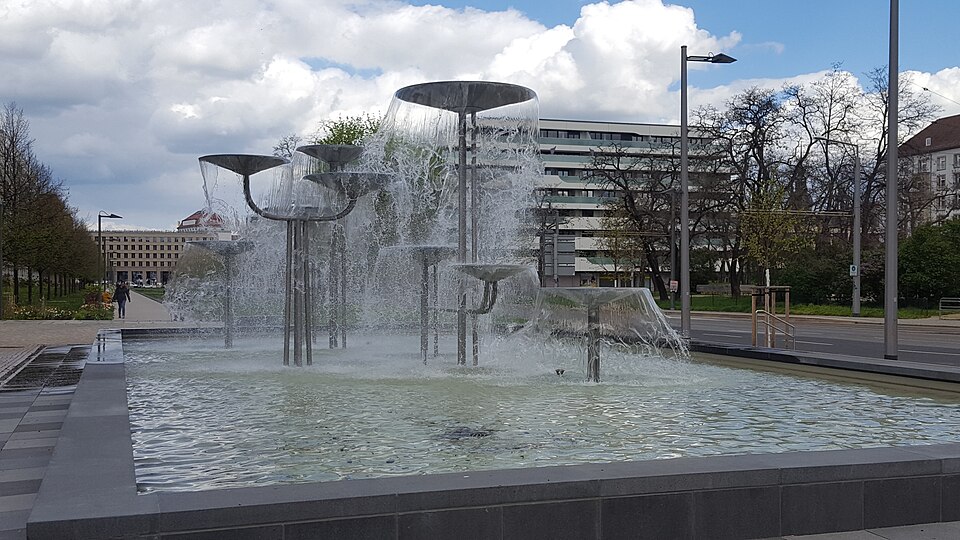
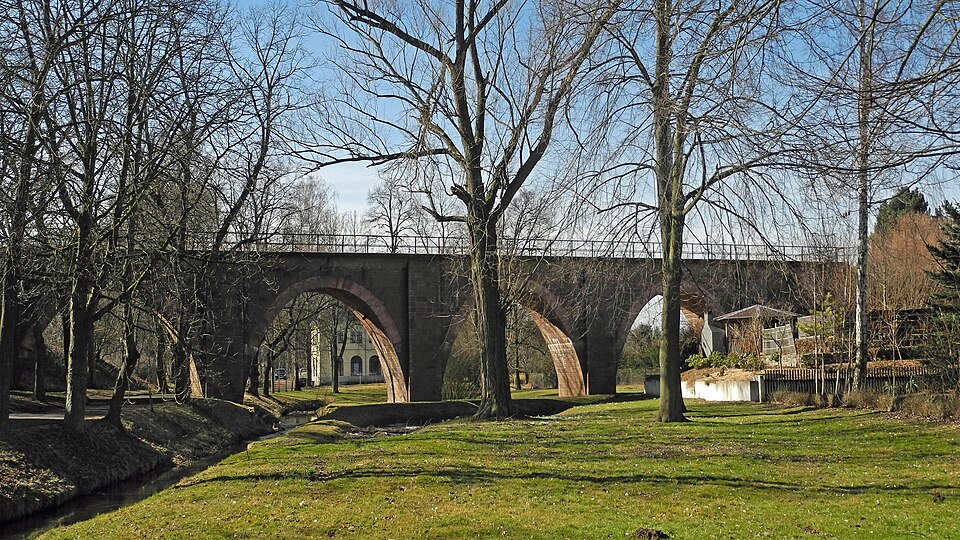

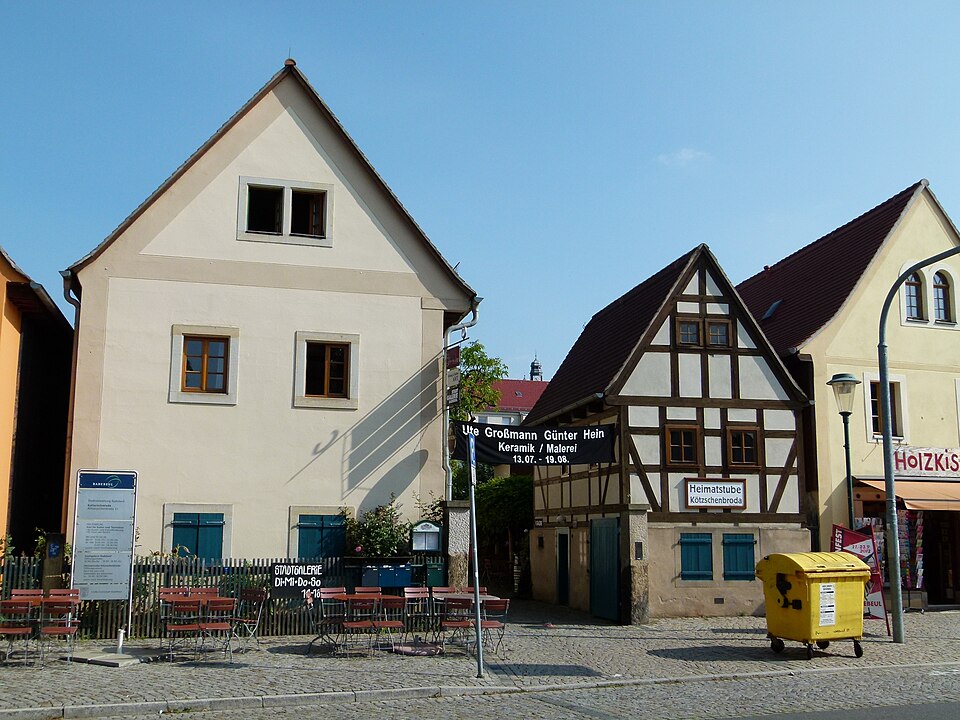
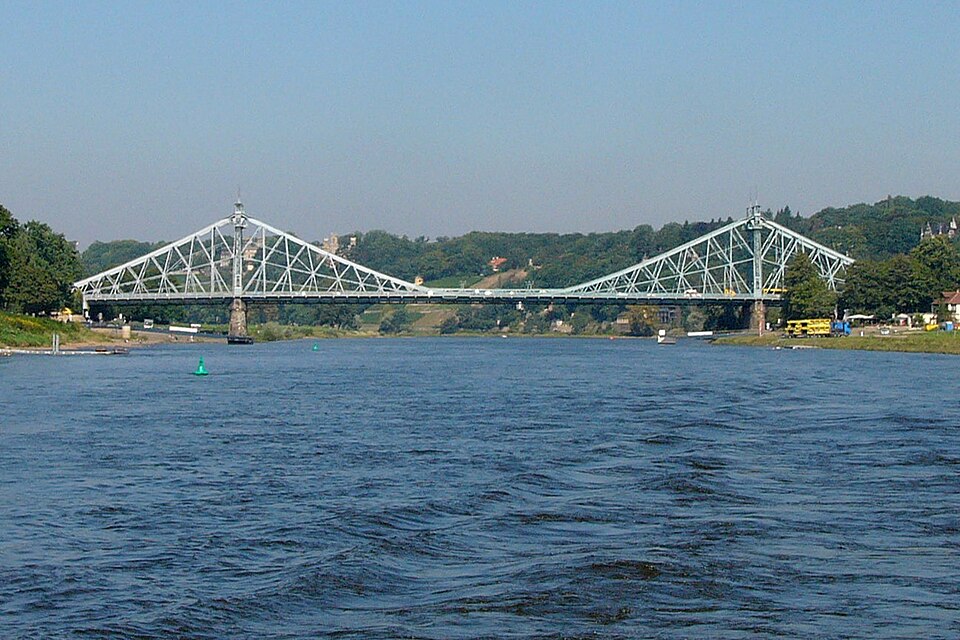
Loschwitz Bridge (Loschwitzer Brücke) is a cantilever truss bridge over the river Elbe in Dresden the capital of Saxony in …

The Karl May Museum is a museum in Radebeul, Germany named after the German author Karl May, containing artifacts from …

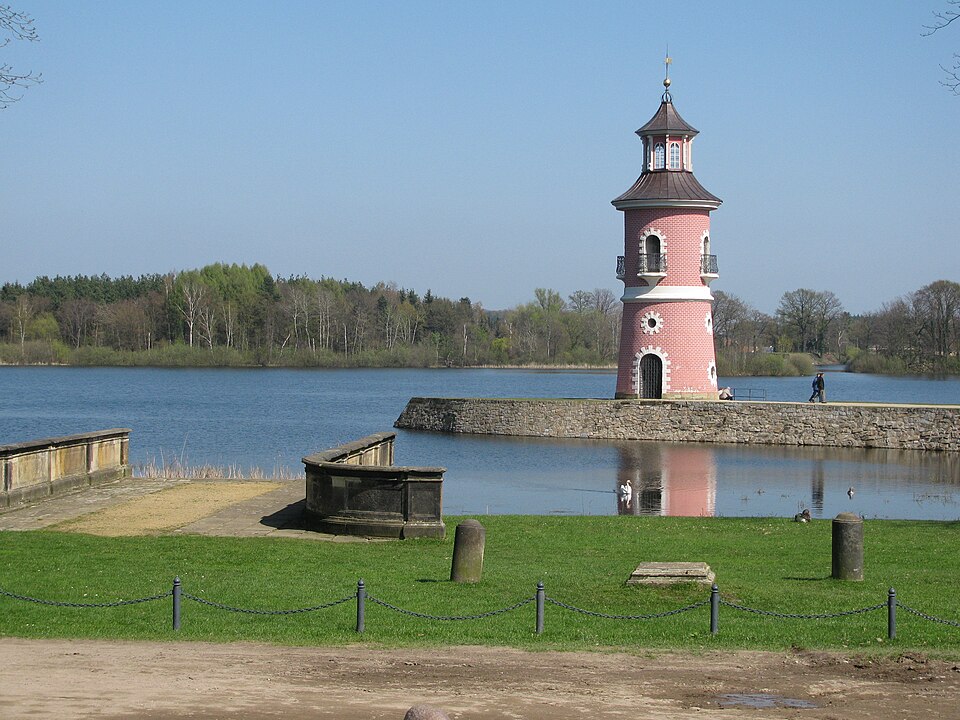
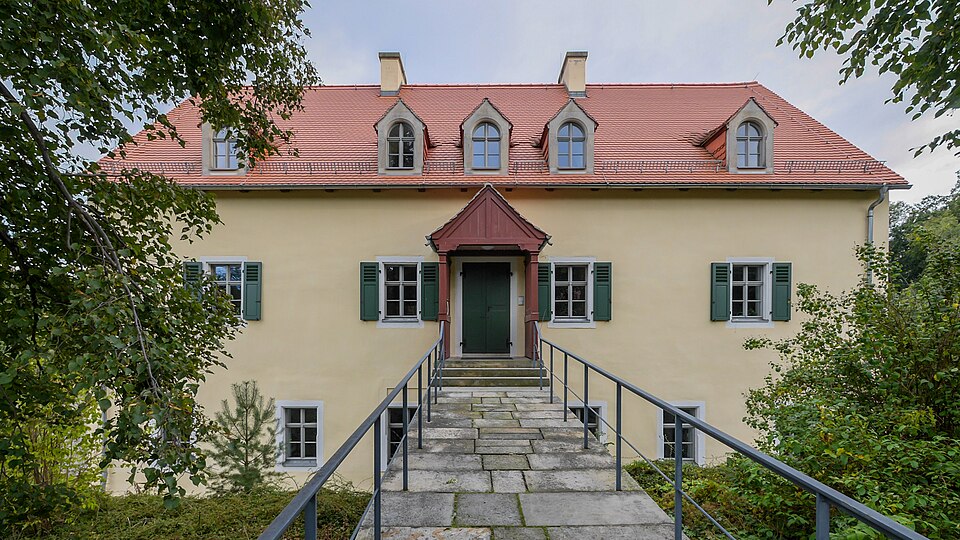

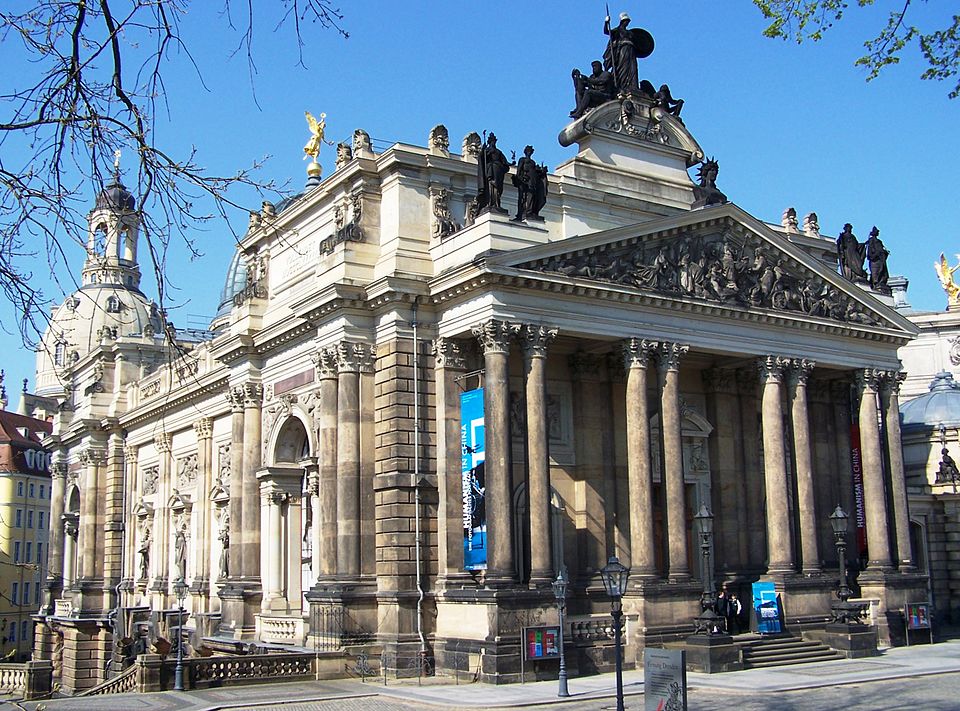
Create a personalized itinerary and unlock the finest experiences Dresden has to offer
Plan Your Trip